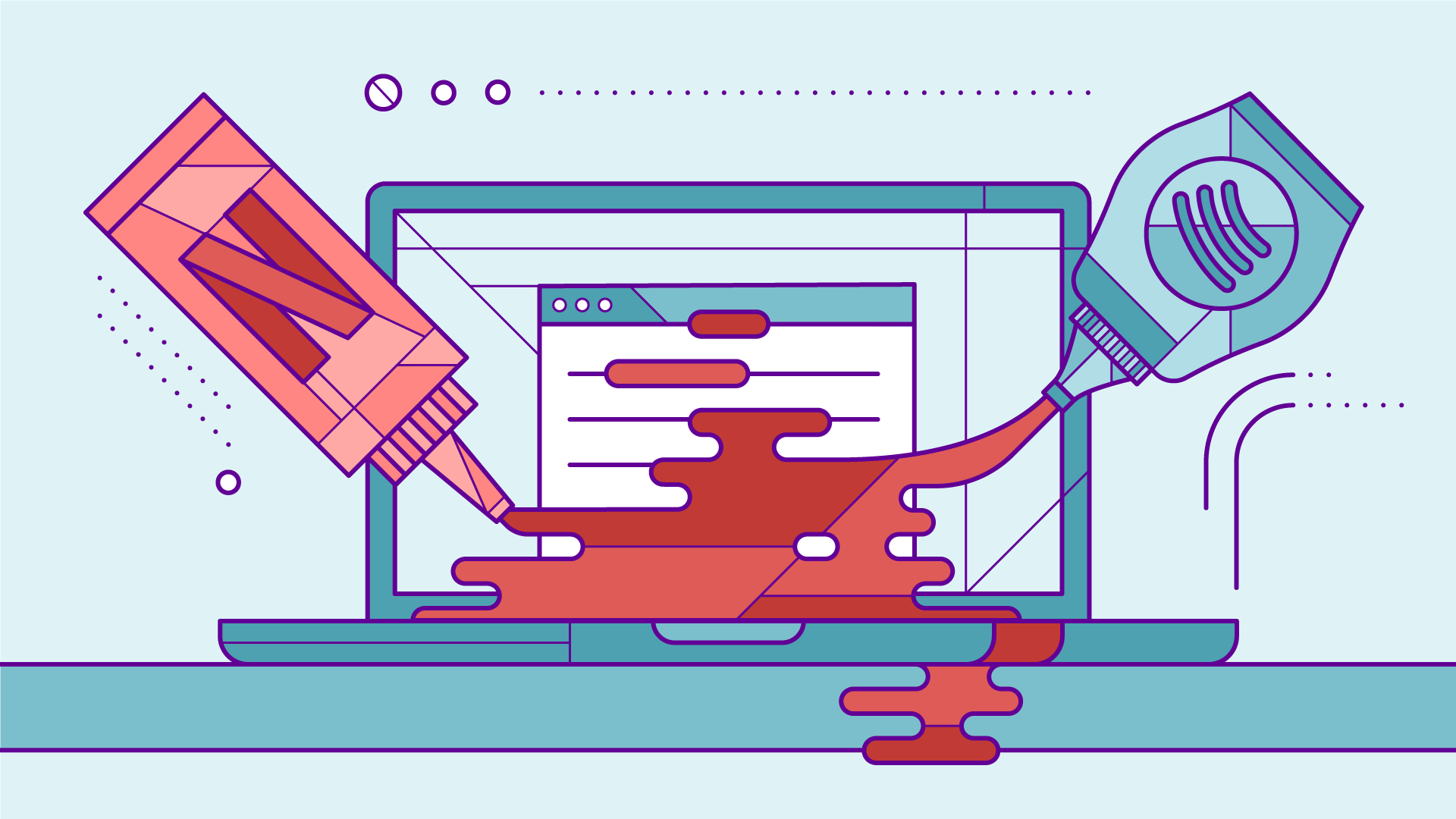#5 — Should news orgs copy Netflix?
We’re sending you this a day late, but better later than never! It’s interesting to see continued growth across the spectrum in the paid subscription business, but it makes us wonder: where does subscription fatigue set in?
As we load up with Netflix, Spotify, The New York Times and whatever else we pay for, is there a magic number of subscriptions at which point people give up, or can it keep growing? It’s hard to say at this point, but Techcrunch wrote about Subscription Hell recently and how the free web is dying.
It’s unlikely a subscription bundle will be a fix for most publishers, because it’ll favor the giants’ bottom line while pushing out the indie creators, but it looks like that’s what Apple is pursuing with its upcoming plan to offer a news and music bundle.
As the web looks for a business model, it reminds us of the earliest days of blogging: scrappy and willing to try something a little crazy, rather than just slather on advertising.
We stand at an interesting point for the internet, and publishers, as everyone seeks to find a better way without ads. The question we’re left wondering about is who’ll survive this and what types of business will disappear as advertising bottoms out.If you think it’ll go one way or another, fire us a reply. We’d love to hear what you think. Happy Monday!
- John

News organizations are looking to Spotify and Netflix as models. Is that really a good idea?
In the same vein as our introduction, this author went looking for the ‘Spotify of news’ and didn’t find it. There’s Blendle, which does do some of what they’re looking for, but it’s pulled back from the international market amidst a struggle to scale up globally.
This is a great piece to sit down with a coffee and steel yourself for, because it breaks down what makes the Spotify model fall apart for news (not that the Spotify model works for its own industry either):
“[…] The value of a given publication has to come from someplace beyond its static “catalog” of articles—be that its mission, brand identity, or local community presence.”
Too long, didn’t read? You can’t just provide content. There has to be something more, or people won’t convert.
Good and Upworthy are getting into the commerce business
Alternate title: Good and Upworthy try the YouTuber business model of “Merch link in bio.”
This is one of the more direct ways of monetizing a publication without explicitly asking for cash for content. It remains to be seen if it actually works or not, but as Facebook begins deranking sites like Upworthy that rely on social media traffic, monetization is more important than ever to offset what may end up being falling readership.

Ask for more, more often, to create a membership program that works
“The best predictor of membership loyalty is whether an organization has been talking to their audiences already about their need to raise money. The other predictor is how many subscribers you have on your list, and how engaged those subscribers on your list are.“
Essentially, the advice is now ask visitors to give you something to contact them or beg them for money to get support or visitors won’t do it. One publisher that’s started doing this more directly is The Guardian, which now makes a point of telling visitors how much work journalism is, and that it’s not possible without further direct support from readers. It’s the Wikipedia beg as a business model.
How a payments API could change everything
One of the biggest problems for the publishing industry is how to actually take money. Building a checkout or subscription flow is an expensive, time consuming exercise that most can’t handle alone — but this new payments API makes it easier to build a consistent, beautiful flow for consumers to pay that it might actually be a boon for the industry.
Coming to a browser near you is a way for websites to pop open a native payments overlay, provided by Chrome or Safari, that avoids the website owner having to create a checkout flow at all. As this rolls out it’ll likely get easier for consumers to impulse subscribe (or do micro-payments) as more cards get on file with the likes of Google Pay and Apple Pay, reducing friction and increasing the amount of people willing to fork over cash for a publisher’s content. Stay tuned.
Bot boosts digital subscriptions with completely automated articles
A media company built a bot that wrote 10,000 articles over four months and it managed to convert 300 people into being paid subscribers. MittMedia created the bot to write articles about home sales quickly in a broad market and it’s found that the majority of people didn’t notice a story was by a robot, let alone didn’t care.
The Daily Beast launches paid membership program
$50 for the first year, $100 after that and it gives you “early access to articles, exclusive newsletters and stories, and the opportunity to have your voice on our site.”
This is a lot of content rather than just one thing like other publications have done to date. The exclusive newsletters, for example, cover a bunch of different verticals, including ‘rabbit hole’ that acts as a too long, didn’t read for the wider site, 'first look Friday’ with a peek at unpublished stories and a private podcast that covers Trump’s presidency.
The Sacramento Bee aims to hit 60,000 digital subs
This is a lofty goal for a local publication that’s only got 15,000 subscribers today. 60,000 subscribers would fully fund its business today and the company is looking to the software development ‘sprint’ for inspiration on how to create content as well.






